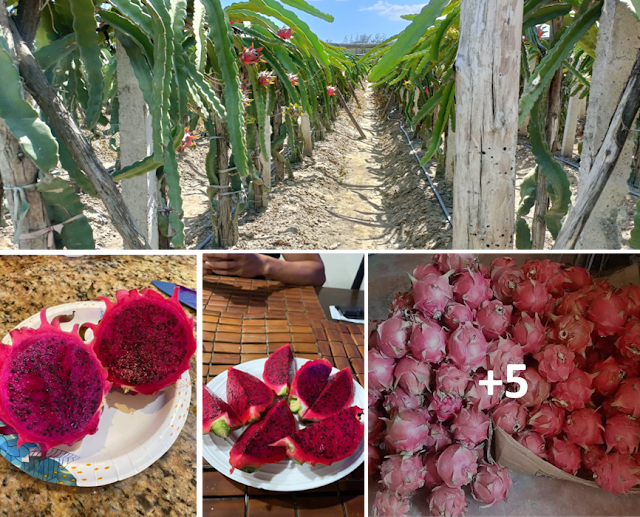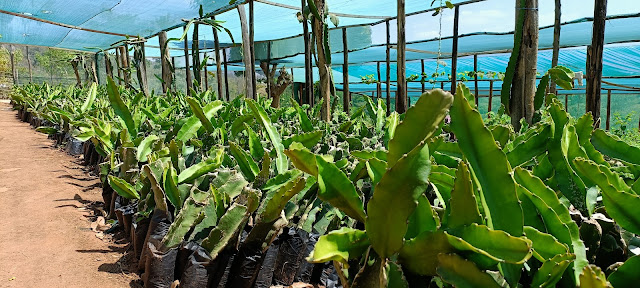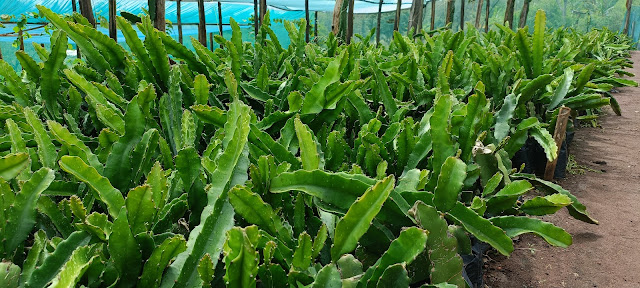Pixie oranges continue to become very popular among Kenyan consumers. This is because this variety of oranges is a lot sweeter than the ordinary large oranges, juicier and their orange flavour is very sharp. Actually, if you cut a pixie orange in one room, its refreshing smell will be calling someone from the next room. Farmers have realized the huge opportunity arising from the demand and are making efforts to fill the gap. However, the few pixie orange farming activities in Kenya are far from meeting the growing demand within the country and even abroad.
 |
| Pixie orange farming in Kenya |
Pixie farming areas in Kenya
Being
a variety of citrus fruits, pixie oranges thrive in hot climatic conditions. Currently,
Makueni County leads in the production of this fruit, followed by the other Ukambani
counties of Machakos and Kitui. The hot Baringo County is also hot on the trail
and gladly, the coastal people of Kwale and Taita Taveta have woken up to the
opportunity even though in very small scales.
Also Read: How To Grow Sweet Fruits And Keep Your Customers Coming Back For More
Grafted trees mature faster
Pixie
oranges originated from California and are seedless. Therefore, the only
available method of propagating this variety in Kenya is by grafting. This brings
forth another advantage in that the grafted seedlings mature faster. Grafted
pixie oranges will start giving you fruits in the second year and mature after 3-5 years depending on how well they are
taken care of. At first, each tree will give a few fruits; about 30 to 50
fruits. This production increases every year as the branches grow wider. The
highest yield is attained in the 4th or 5th year in which
each pixie tree can give up to 300 fruits; about 60 kgs per tree.
 |
| A pixie orange tree with fruits |
How to grow pixie
Pixie
can grow in many different types of soils. However the best soils are the well
drained sandy loam soils. Like many other fruit trees, pixie requires fertile
soils with a high humus content and a pH level of between 6.5 and 7.4. The
planting holes should be prepared well to a size of 2x2 feet – 2 feet wide and
2 feet deep. Separate the top soil from the bottom soil and use the rich top
soil mixed with manure to plant your seedlings. Mix the soil and manure at the
ratio 1:2 (1 bucket of manure for 2 buckets of soil. When filling back the
whole with the mixture of soil and manure, ensure you leave about 10 cm to create
space for watering your seedlings.
Also Read: Tangerine Farming: How To Grow The Best Tangerine For The Market In Kenya
Best climate for growing pixie
The
best climate for pixie farming in Kenya is warm or hot with temperatures between
10℃ and 30℃. The rainfall should be at least 1,000 mm annually although this
can be supplemented through irrigation to achieve optimum yields. The fruit
thrives between the sea level and an altitude of about 2100m.
Recommended spacing for pixie
Pixie
orange trees grow to a height of 4 meters and spread to a radius of 3m. Therefore
the recommended spacing for pixie is 3 by 5 meters: 3m from plant to plant and
5m from line to line. With this spacing, you can plant 270 high
yielding trees in one acre. The distance in between the rows of trees is kept at 5 meters
to allow sufficient work space for spraying and harvesting. This space can also
be used to grow cover crops such as beans.
Why you should do pixie orange farming in 2024
Pixie orange farming is very profitable with an acre giving a turnover of up to Ksh1.2 million per year as reported by farmers in Makueni. These fruits are sold at an average price of Ksh80 per kilo at the farm gate.
A well tended tree will give 60 kilos of fruits in a year and an acre can accommodate 270 such trees. The cost of starting a pixie farm is just one-time and would be about Ksh150,000. Of this initial capital, you only need about Ksh100,000 for purchasing seedlings (around Ksh67,500) and planting labour (around Ksh33,000) at first.
The remaining 50,000 is needed over time since it’s used for
maintaining the orchard in terms of pest control and irrigation where need be. Once
established, the farm will be generating income for you every year for the next
20 to 30 years.
Pixie orange market in Kenya
Kenyans have developed an unmatched liking for this fruit: it's bright colour, juicy nature and sweet taste is simply irresistible. As a result, pixie oranges have a wide market in the country even though they remain quite pricy. Just like apples and the seedless grapes, you will find them being sold even in the fruit kiosks in our estates and roadsides.
People in hot areas like Kisumu and Mombasa particularly love the fruits for juicing. You can actually feel the sweet orange smell near juice making shops and that is very attractive. For now, the supply still remains low as the demand sores.
How to start a pixie farm
You
can get grafted pixie orange seedlings ready for transplanting from Richfarm
Kenya. Kindly call 0724698357 /0723213602 to order for seedlings.



























